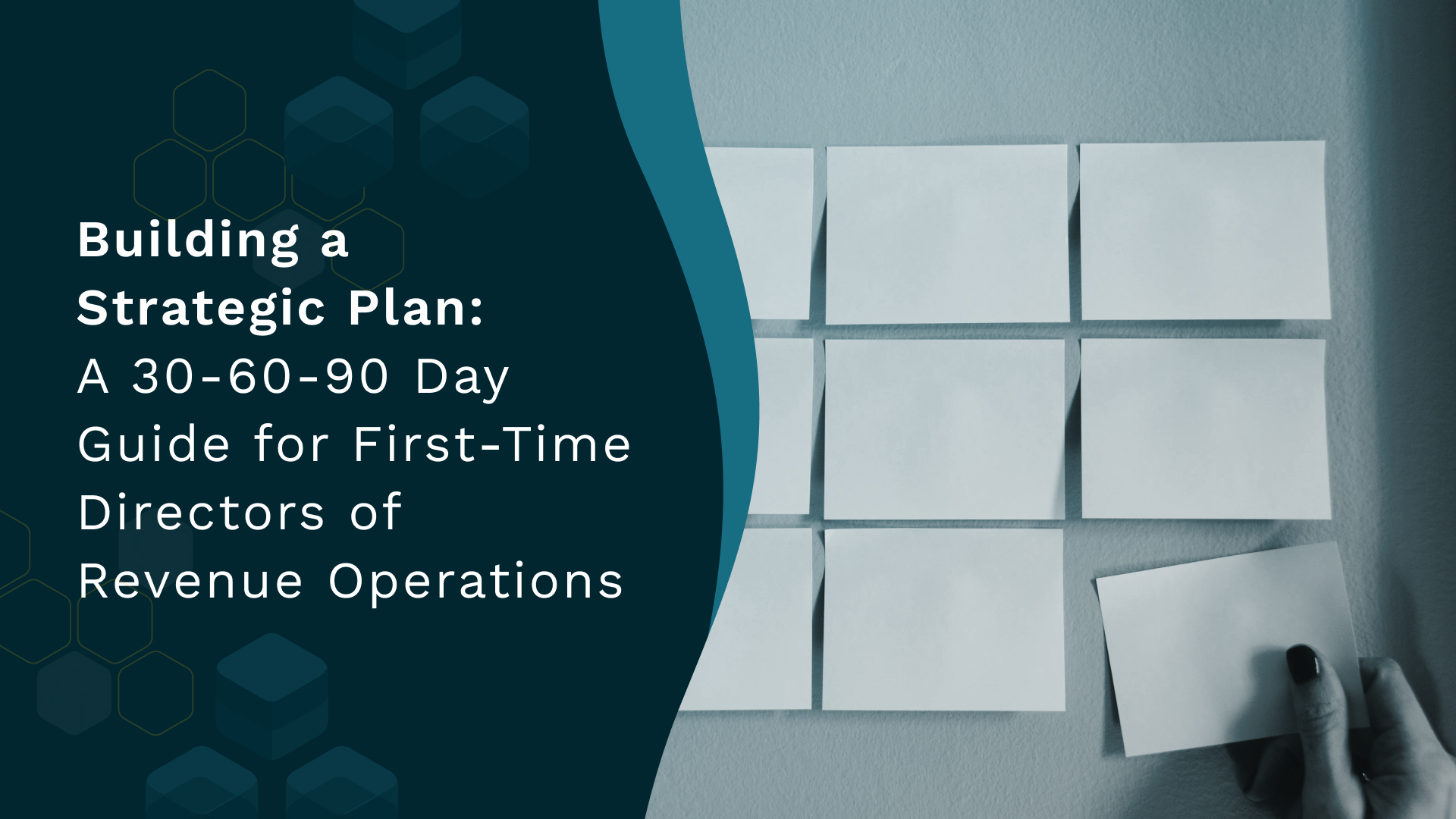Selling to People, Not Personas: Redefining B2B Sales with Buyer-First Intelligence
A conversation with Amarpreet Kalkat, Founder & CEO at HumanticAI.



In the era of hyper-informed buyers and complex purchasing journeys, traditional sales strategies are crumbling. Outdated, persona-based approaches no longer resonate in a world where buyers are more skeptical, independent, and resistant to generic outreach.
In a recent episode of Revenue Lounge, we sat down with Amarpreet Kalkat, Founder and CEO of Humantic AI, to unpack what it truly means to adopt a buyer-first approach. And how personality-driven sales is transforming the way sellers connect, engage, and win.
This blog dives deep into Amarpreet’s insights, drawing from his 25+ years of experience in building intelligent products, and explores how his technology is helping sales teams humanize the sales process.
The Buyer’s World Has Arrived and Sellers Must Adapt
“You don’t sell. You help people buy.”
— Amarpreet Kalkat
In Amarpreet’s view, sales has always been about the buyer—but never more so than today. With dozens of vendors offering similar solutions, what separates winners from the rest isn’t product features or aggressive pitching. It’s perspective.
The problem? Most sales methodologies—whether it’s MEDDIC, Challenger, or SPIN—are seller-centric. They teach sellers to “run their playbook,” not necessarily to understand their buyers as people.
But data shows the stark gap:
Average seller win rate: 17%
Elite seller win rate: 62%
That’s not just a small performance delta—it’s a chasm. And Amarpreet believes the secret to closing that gap lies in a true shift to buyer-first thinking.
Stop Selling to Personas. Start Selling to People.
Sales teams often anchor outreach strategies around personas—job titles, functions, firmographics. But Amarpreet challenges that framework:
“A persona doesn’t buy. A person does.”
With Humantic AI, sellers can move from broad persona targeting to individual buyer intelligence, understanding not just what a prospect does—but who they are. This includes:
Communication preferences
Personality traits (based on DISC profiling)
Risk appetite
Decision-making style
Motivators and fears
This human layer enables sales reps to craft emails, calls, and presentations tailored to how a specific buyer thinks—not just their role.
How Personality AI Works Behind the Scenes
So how does Humantic AI gather this intelligence?
It pulls public data from LinkedIn and other online sources
It processes that data through proprietary DISC-based AI models
It surfaces insights on personality traits, behavior patterns, and communication style
These insights are delivered directly into tools sellers already use—Salesforce, LinkedIn, Salesloft, Outlook, and more
The goal? Equip sellers with buyer-aware recommendations at every step of the deal.
And it’s more than just better email intros. Amarpreet explains how Humantic can even suggest whether to open an email with a friendly “Hope you’re doing well” or skip that for a more concise greeting—based on the buyer’s disposition.
The Impact: Real Results from Real Companies
Skeptical about the impact of buyer intelligence? The numbers speak for themselves.
One client saw win rates jump from 15% to 50%
Another reported a 151% increase in pipeline for a test group
Public company Domo cited a 15–30% lift in win rates after adopting Humantic AI
And it’s not just about closing deals faster. Amarpreet emphasizes how personality data helps navigate complex buying committees. With up to 12–14 stakeholders involved in B2B decisions, understanding the emotional and decision triggers of each person is critical.
“Deals are lost in rooms sellers never enter. We help you win in those rooms.”
Operationalizing Buyer Intelligence in the Sales Process
Humantic AI is designed to work across the entire sales journey—not just top-of-funnel outreach:
| Stage | Tool/Feature | Use Case |
|---|---|---|
| BDR/SDR | Chrome Extension / Outreach Integration | Personalized email and call scripts |
| AE | Meeting Prep Tools | Pre-meeting research and message customization |
| Sales Team | Buying Committee Map | Stakeholder analysis and engagement planning |
| RevOps | Platform Integration | Insight management within CRM and SEP tools |
And unlike many AI tools that overwhelm teams, Humantic focuses on enhancing human touchpoints, not replacing them.
AI Isn’t Just a Buzzword. It’s a Strategic Lever
In today’s crowded AI market, Amarpreet warns against getting distracted by shiny tools:
“AI should be wings for the flyers and crutches for the walkers.”
For sales leaders evaluating AI, he recommends starting with problems, not features. What’s the root challenge—low CRM usage? Poor email response rates? Ineffective stakeholder engagement? The right AI tool should solve that problem with minimal friction.
A Path to Sales Respect and Buyer Trust
Amarpreet closes the conversation on a powerful, personal note. Despite being the lifeblood of the economy, sales still lacks social respect.
“Nobody grows up saying, ‘I want to be a salesperson.’ But without sales, nothing moves.”
He draws an analogy to doctors—once seen as quacks, now among the most respected professions. Amarpreet believes sales can earn that respect too—but only if sellers embrace empathy and buyer-first engagement at scale.
Actionable Takeaways for Sales Teams
Here’s how to start implementing a buyer-first approach right now:
✅ Audit your current outreach — Are you customizing based on personas or individuals?
✅ Understand your buyers’ decision-making styles — Tools like DISC can help.
✅ Invest in emotional intelligence — Winning trust requires more than just logic.
✅ Use AI to amplify, not automate — Layer intelligence onto your existing workflows.
✅ Map your buying committees — Know the silent killers and what drives them.
✅ Treat sales as a helping profession — Shift your team culture from persuasion to enablement.
Final Thoughts
Personality-driven selling isn’t a gimmick—it’s a competitive edge. In a world where buyers ghost generic pitches, deep personalization rooted in emotional intelligence is the new table stakes.
With tools like Humantic AI and leaders like Amarpreet paving the way, the future of B2B sales looks a lot more human.
Want to hear more stories from revenue leaders? Subscribe to The Revenue Lounge podcast to never miss an episode!


